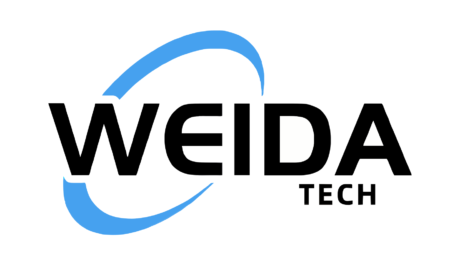‘Silicone is a familiar material with many applications. In people’s minds, this material has the advantages of good elasticity, plasticity, high-temperature resistance, etc., while its comfortable touch is also widely praised.
As the jewel in the crown of industry, the automotive industry is no stranger to this popular material, and at this important time of energy change in the automotive industry, silicon, and related materials are accelerating in an unexpected way to influence the history of this centuries-old industrial sector. ……
From upgrading to the unsung hero of safety
‘Silicone’ is a common term, with a more rigorous term should be called silicone materials, it has both organic and inorganic materials of the double advantages of the Dow Consumer Products Solutions Global Product Director Zhu Chengyi in an interview with the Pacific Automotive, summed up the company’s silicone material is quite representative of the three major advantages:
First, a very wide range of high and low-temperature resistance, from minus 40 degrees to 250 degrees above zero have stable and reliable performance;
Second, the density is very light, the light transmission rate is very good, which is very critical for lighting materials;
Third, flexible material, processing convenience, and stretching are particularly good, just show the sample is very soft, and will not crack, so the explosion-proof is very good.
In addition to these three points, silicone materials are also very characteristic of the place – excellent weather resistance. The so-called weather resistance refers to the material’s ability to withstand the combined damage caused by light, heat and cold, wind and rain, bacteria, etc. With its physical structure, silicone materials are not only less susceptible to ultraviolet light and ozone decomposition but also have water-repellent, physiologically inert, oil-resistant, solvent-resistant, and other properties.
Therefore, silicone material products have the characteristics of consumption resistance, your home ‘silicone’ products if properly maintained may also be left for the next generation to continue to use.
On the other hand, the car not only experiences the year-round winter and summer wind and sun but sometimes may have to withstand more complex, harsh environments, reliability, and durability are always the major manufacturers in the choice of material priority factors, which makes it and the excellent characteristics of the silicone material is highly compatible.
All of the above advantages make silicone become automotive-grade product application materials in the ‘meat and potatoes’. Zhu Chengyi said that silicone is a very high-performance, very durable product, that can be used in very harsh environments and has a high and low-temperature resistance range that is very wide. Its performance is consistent with the new era of automotive development in the automotive lightweight and automotive electrification and other aspects of the trend.
At present, most of the automotive interior materials, such as flooring, roof, steering wheel, car seats, etc. Most of the use of polyurethane foam materials, the material is low-cost, and high maturity, but poor weathering performance, and combustion process release a large number of harmful to the human body of toxic gases, the health of the environment, and the concept of sustainability, silicone materials replaced the material only matter of time.

